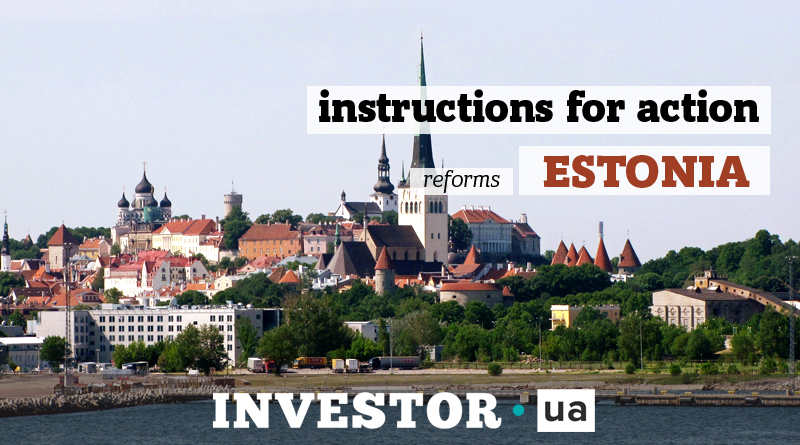<strong>Кабмін зберіг фіксовану ціну на електроенергію</strong>
Про це повідомив представник уряду в парламенті Тарас Мельничук. Кабінет Міністрів України продовжив дію фіксованої ціни на електроенергію для населення до 30 квітня цього року. Наразі вона становить 1,44 грн/кВт-год та 1,68 грн/кВт-год залежно від споживання. Згідно з повідомленням Тараса Мельничука, відповідне рішення закріплено згідно зі змінами у постанові Кабміну від 5 червня 2019 року № ... Більше ...







